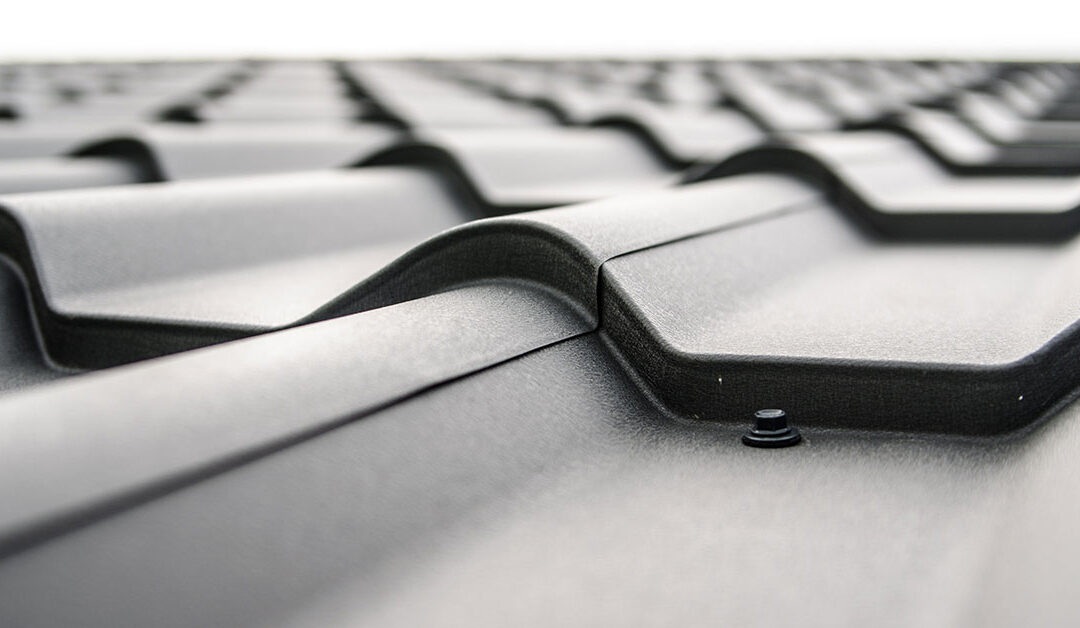The most common choices for roofing materials are standard tiles like asphalt, slate, clay, and synthetic options. While these materials have become traditional, widely used choices over time, there are plenty of other options out there that can meet your aesthetic, functional, and lifestyle goals.
If you want to explore options beyond shingles and tiles, there are a multitude of directions to go, ranging from a more industrial look with a metal roof to an earth-friendly choice that allows your roof to be a little more “green.” We’ll take a look at a few of them here so you can see what lies beyond the world of traditional roofing materials.
Metal
Metal is quickly becoming a widely-used roofing material in its own right, and for good reason. It’s an extremely durable and long-lasting material capable of lasting 40 to 70 years. Metal roofing can withstand various weather conditions, including rain, snow, and lightning strikes. They’re also fireproof with a Class A fire rating, making them a great choice if you’re looking for safety in a roof. Another bonus? They can help you cut down on cooling costs, as they reflect a significant amount of sunlight away from your home instead of absorbing it.
EPDM Rubber
EPDM, short for ethylene propylene diene terpolymer, is a synthetic rubber material that is applied in sheets to a home’s roof. Because it is rolled out in sheets, there are less seems on an EPDM roof, making it less susceptible to leaks and water damage. The downside is that this synthetic rubber is only used for flat roofs, making it very limited to where it can be used.
Living
Perhaps the most interesting material on the list is the living roof or green roof. What makes them living, you might be wondering? The answer to that lies in the vegetation. Green roofs make use of grasses, moss, and other types of vegetation to create a roof that looks just like the ground. These roofs create oxygen and release it back into the air, serve as a form of thermal insulation, and absorb rainwater. Another bonus? You can grow plants on it! Just make sure your contractor installs a waterproof membrane and proper drainage, and you’ll be all set.
These options are a little more unorthodox than traditional roofing types, but they offer alternative ways you can add a roof without sticking with traditional tiles and shingles. Make sure to talk with your contractor about what option would be best for your goals and your budget so they can provide a professional roof that fits your wants and needs for your home.

